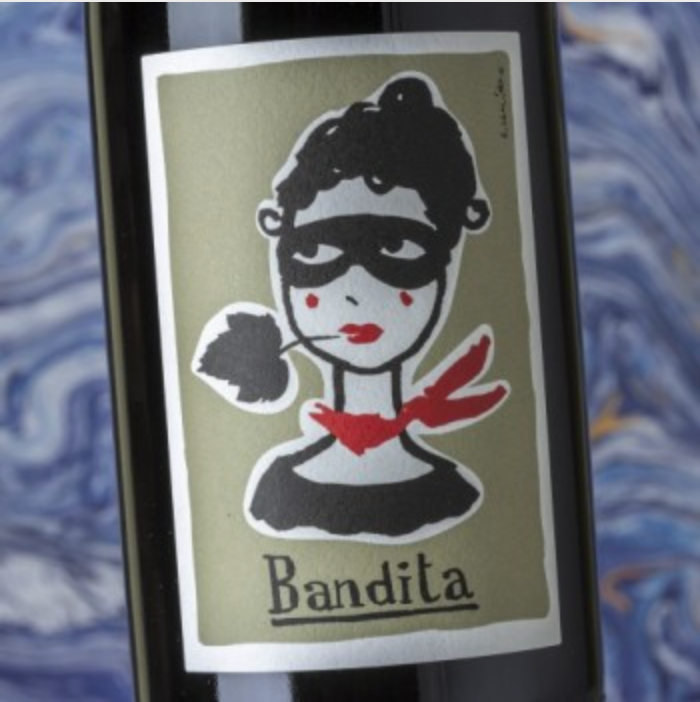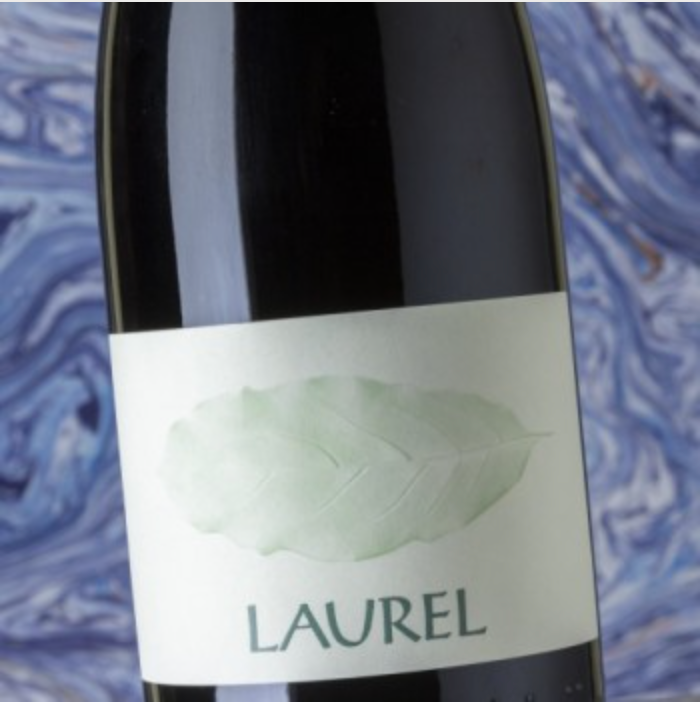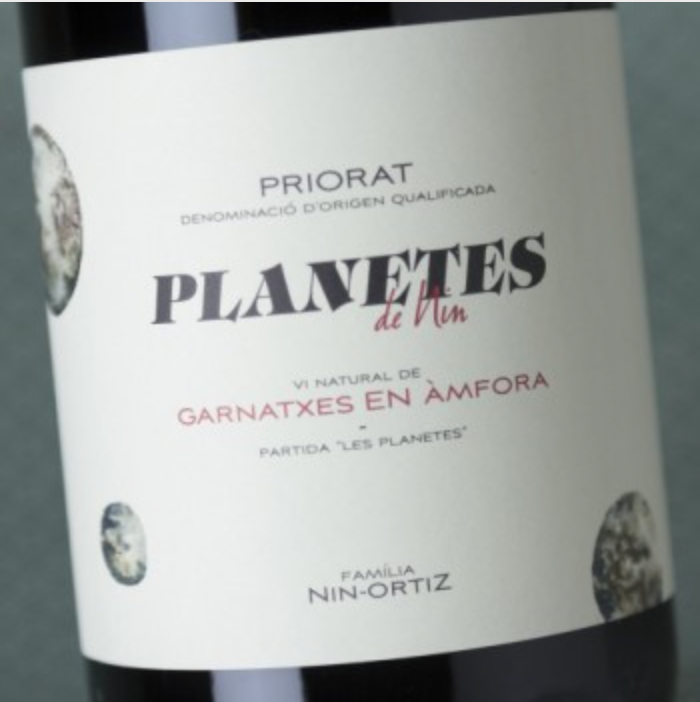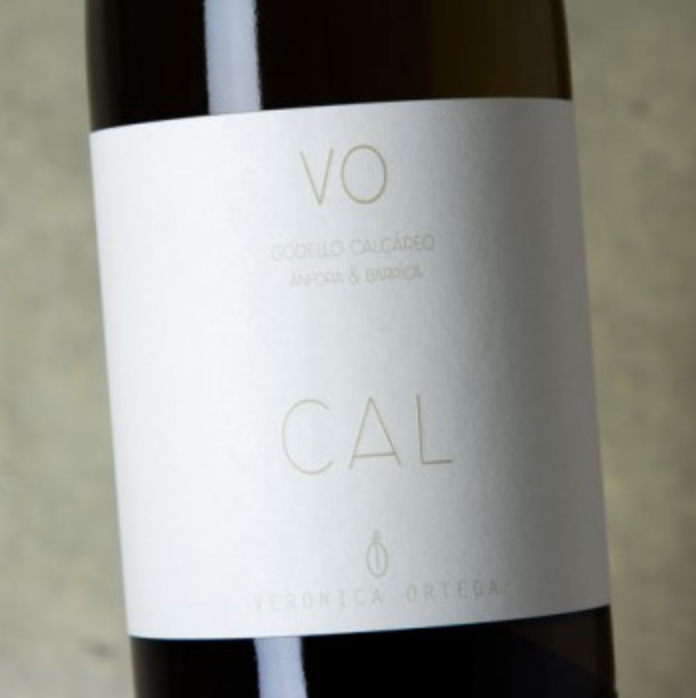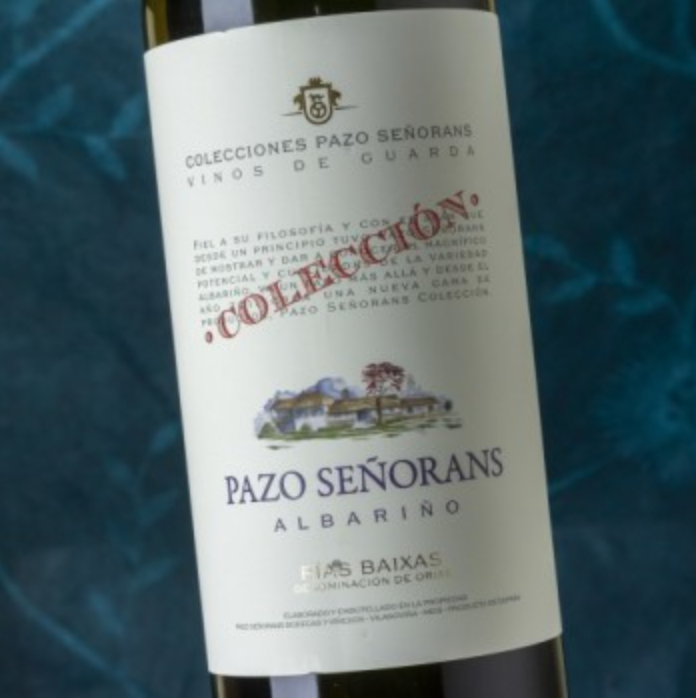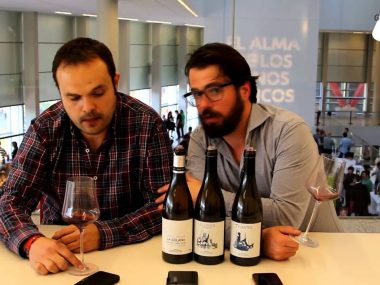Although the world of wine has been a sector that has traditionally been reserved for men, women have been steadily breaking down barriers, and more and more of them are driving and leading great wine projects. On Women’s Day, from Gourmet Hunters we want to bring you a selection of great female winemakers who never cease to surprise us with their initiatives.
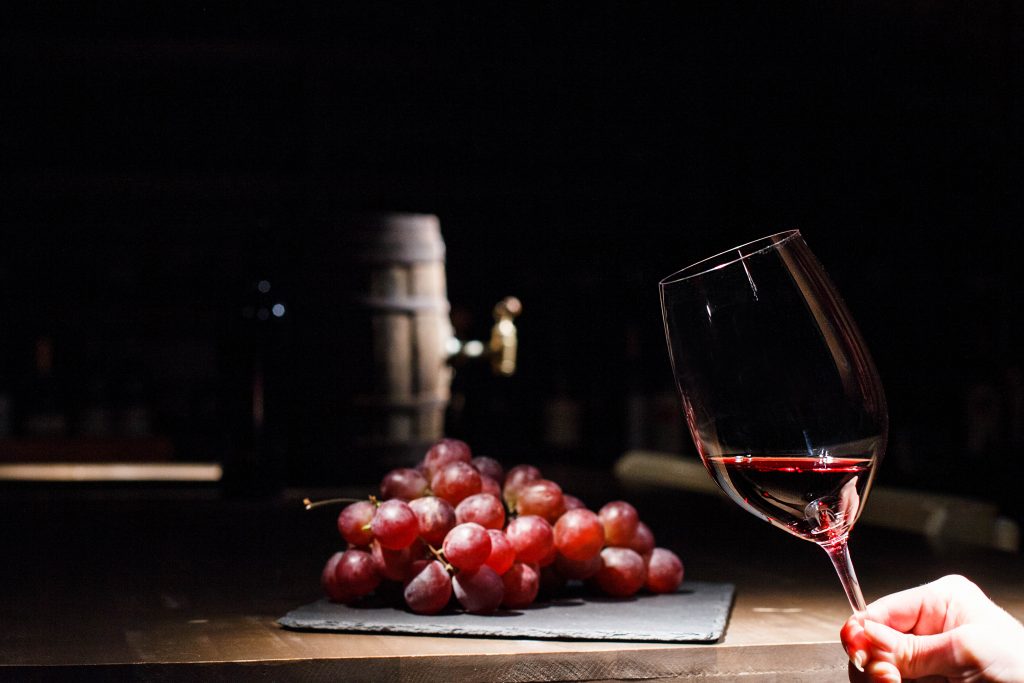
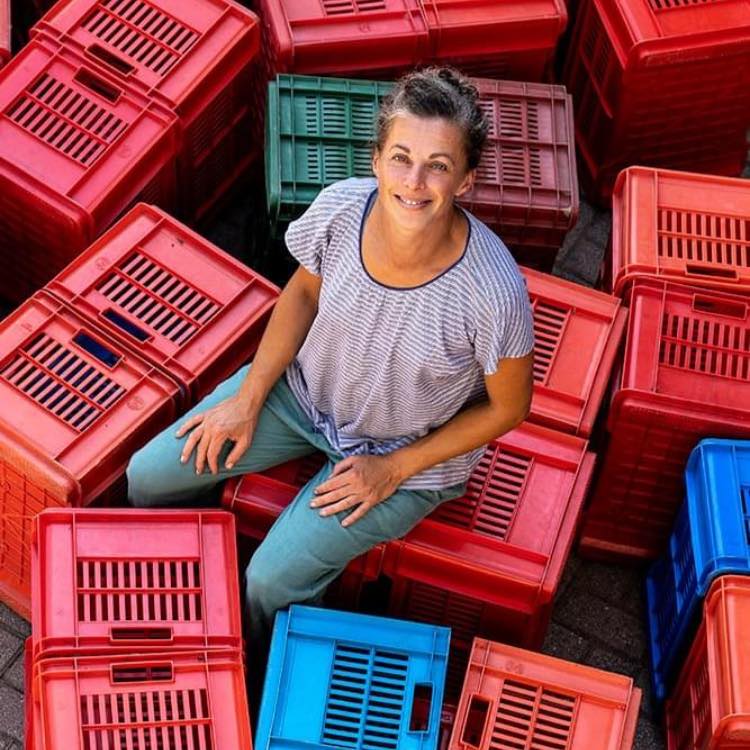
Nadia Verrua develops her natural wines on her seven hectares located in the forgotten area of the province of Asti, in Piedmont. However, although neglected, this is a region full of very special varieties with a strong personality.
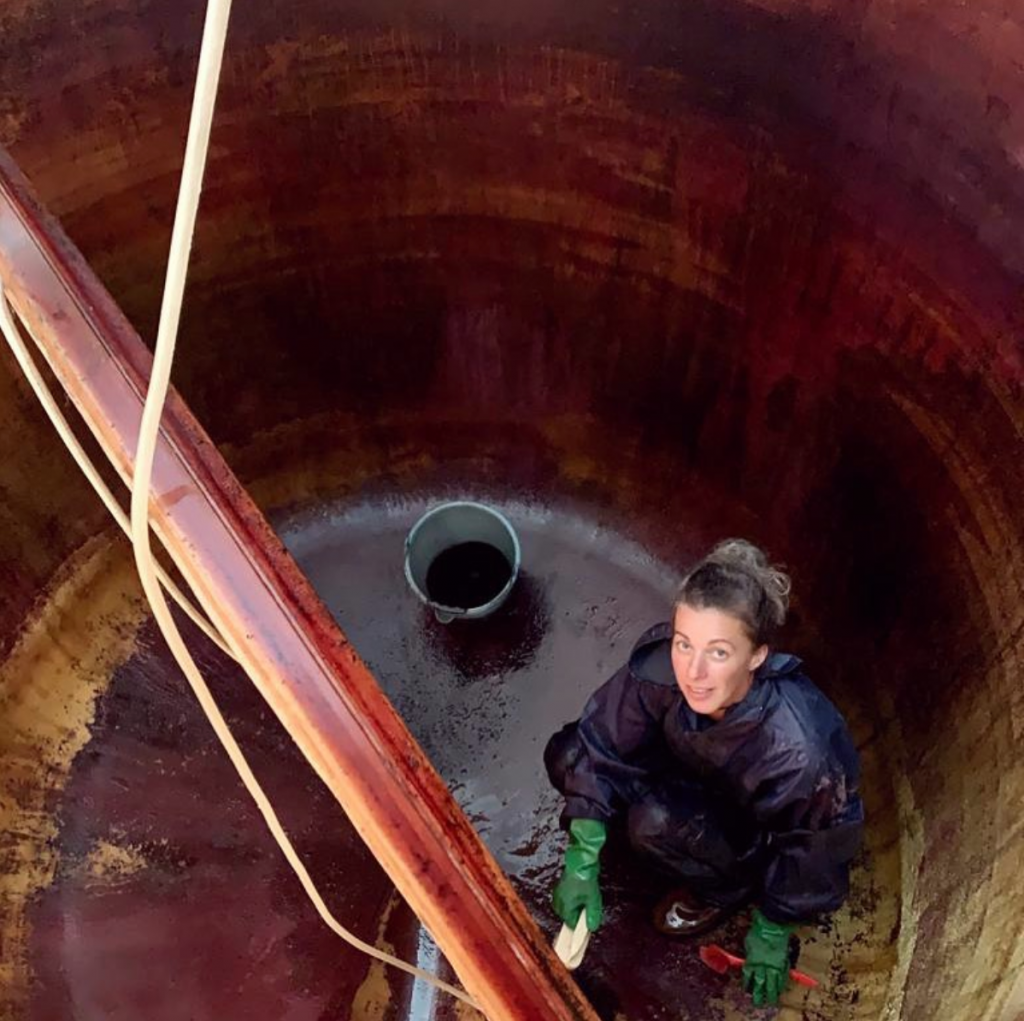
With more than a decade at the helm of the family estate, Verrua has abandoned the region’s AOCs and their regulations to produce an increasingly diverse repertoire of wines, depending on what each vintage has to offer. Each year, however, it maintains three main wines, made from the most outstanding varieties of the area: Barbera, Grignolino and Ruché.
The Grignolino wine has been named Ottavio in honour of his father, the Ruché is called Teresa after his mother and La Bandita refers to herself, whose caricature portrait appears on the label.
The Nadia Verrua wine that we are highlighting today is Cascina Tavijn Bandita 2017. It is a captivating, fruity and juicy wine, made from 100% Barbera, with 15% alcohol content, spontaneous alcoholic fermentation with indigenous yeasts, maceration on skins for two months, ageing for two years in used oak barrels and bottled unfiltered.
2. Clos Erasmus by Daphne Glorian
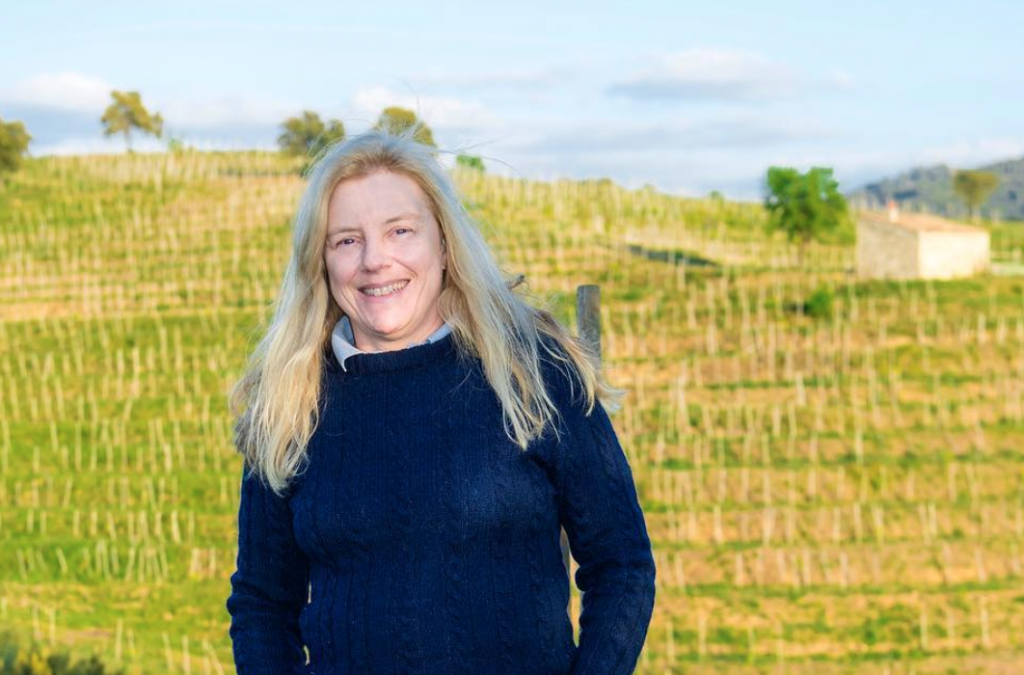
Swiss winemaker Daphne Glorian was one of the pioneers in revitalising Priorat in the 1990s with the founding of her Clos Erasmus winery in 1989. Since its beginnings, she has been working with organic agriculture and since 2004 she has also incorporated biodynamics.
Glorian became one of the most renowned winemakers in Priorat after producing one of the most internationally famous wines, Clos Erasmus. Laurel 2018 is her second great wine, made from a blend of Grenache, Syrah and Cabernet Sauvignon. It is a mature and elegant wine, aged for 18 months in barrels.
3. Nin Ortiz Family by Ester Nin (and Carles Ortiz)
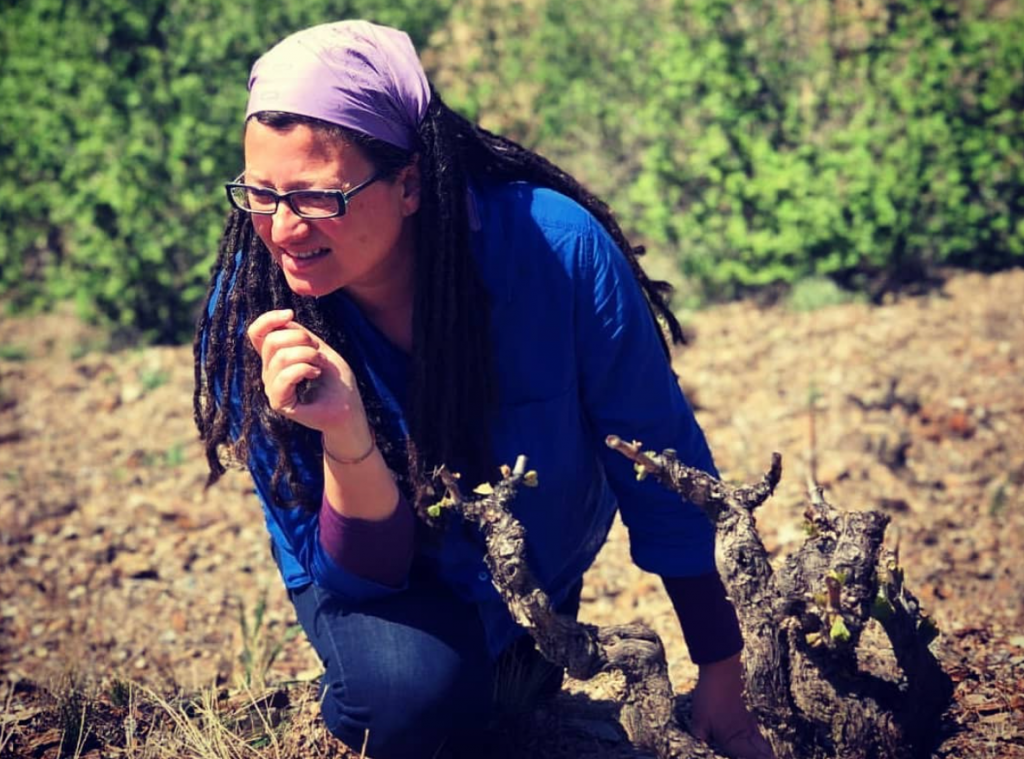
A biologist and oenologist specialising in biodynamic and organic viticulture, Ester Nin was one of the pioneers of biodynamic viticulture in Priorat. She even became Daphne Glorian‘s viticulturist at Clos i Terrasses, where she oversaw the transition to biodynamic viticulture.
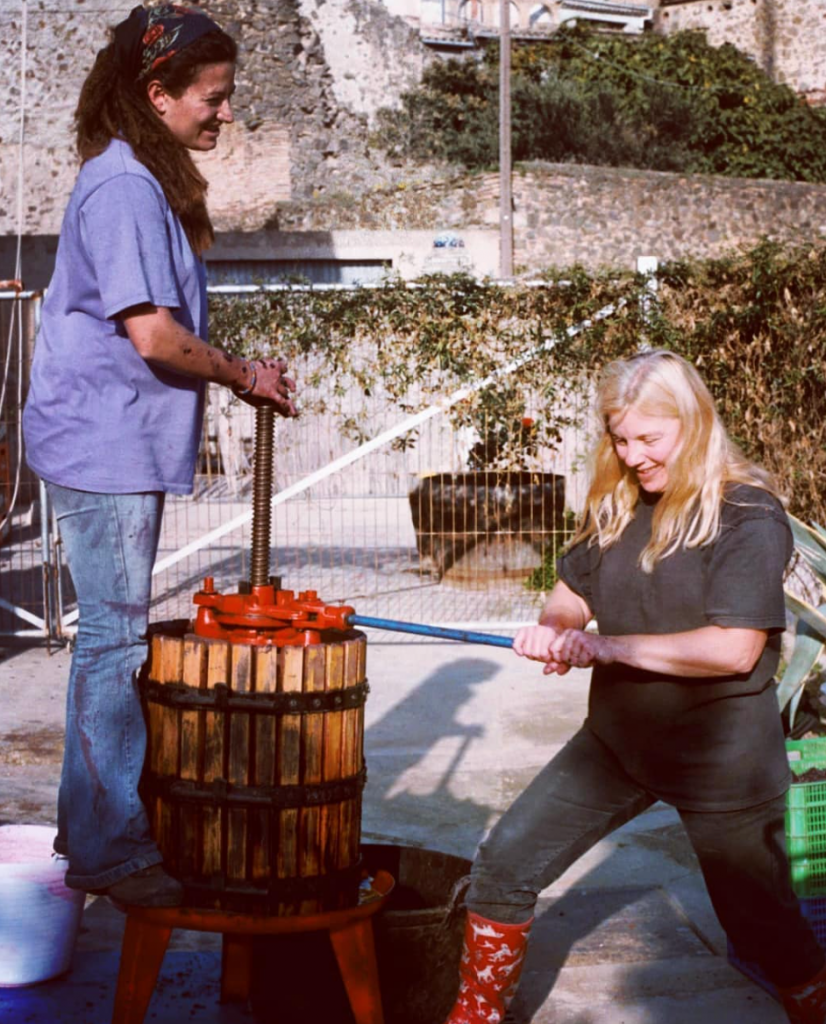
In 2004, he bought his own plot of one and a half hectares of old vines of Garnacha Negra, Peluda and Cariñena in Mas d’En Caçador, one of the highest points in Priorat, with steep rocky terraces 650 metres above sea level.
Familia Nin Ortiz was born from the family formed by Ester and winemaker Carles Ortiz, who had acquired and recovered 5 hectares of vineyards nearby, under the name Finca Les Planetes. Together, they promoted a winemaking project guided by the principles of biodynamics, using exclusively organic materials and harvesting by hand.
On this occasion, we highlight the young red wine Planetes de Nin Garnatxes en Àmfora 2019. Mature and elegant, 93 Parker Points, with 14.5% alcohol. It is a wine made from 100% Garnatxa, which undergoes spontaneous alcoholic fermentation and is aged for six months in amphorae.
4. Verónica Ortega
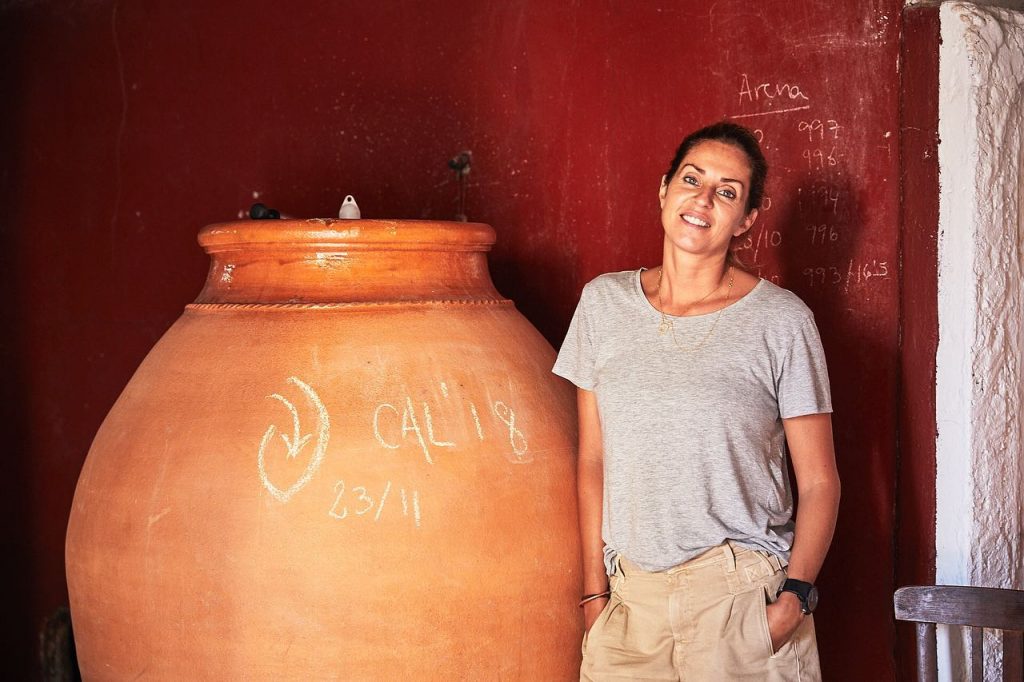
The project of the Andalusian Verónica Ortega is located in the D.O. Bierzo, in the small village of Valtuille de Abajo. There, she works with a low-interventionist vinification of old vines of ancestral Mencía and Godello varieties. Ortega settled there in 2012, after a harvest in New Zealand in a biodynamic winery, and having been the first woman to work with the technical team of the legendary Domaine de la Romané-Conti in Burgundy.
Verónica Ortega’s vineyards are spread over five plots in Valtuille de Abajo, Bierzo, and are home to ancestral varieties of Mencía and Godello. Being located in a valley, Bierzo has a very special microclimate, mild and benign, rather temperate, regulated by a certain humidity.
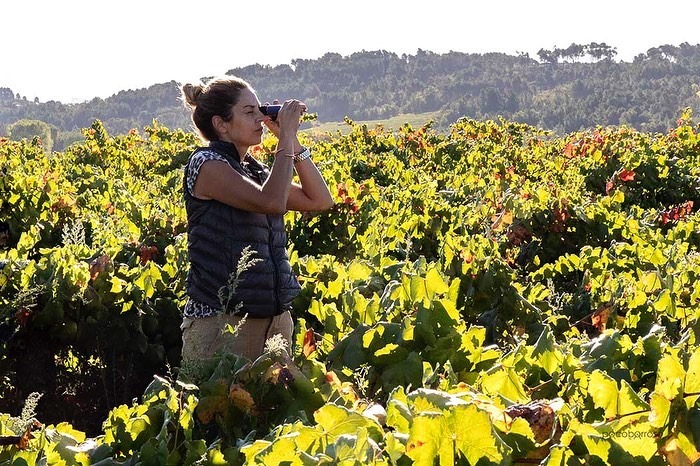
The plots are worked by hand, following the precepts of organic farming. The grapes are matured in clay amphorae and French oak barrels. Ortega uses 800-litre capacity vats for the ageing of his wines. They are made to order in an oval shape, so that there is a tiny but constant movement inside the vats.
This allows the lees to circulate and exert their action on the mouth of the wine. In addition, the porosity of the ceramic allows an exchange of oxygen, as in a barrel, allowing the wine to age.
The winery produces around 40,000 bottles a year, with precise and non-interventionist vinifications to transmit the profile of the soil and its identity.
The wines are made in an artisanal way, seeking to transmit the Bierzo in every drop. They are made with spontaneous fermentations and low levels of sulphur dioxide.
Here we highlight the Verónica Ortega CAL 2019, an organic aged white wine, with 12.5% alcohol, made from 100% Godello. It undergoes a spontaneous alcoholic fermentation with indigenous yeasts in French oak barrels and is then aged for a year in 800-litre amphorae.
5. Pazo de Señorans by Marisol Bueno
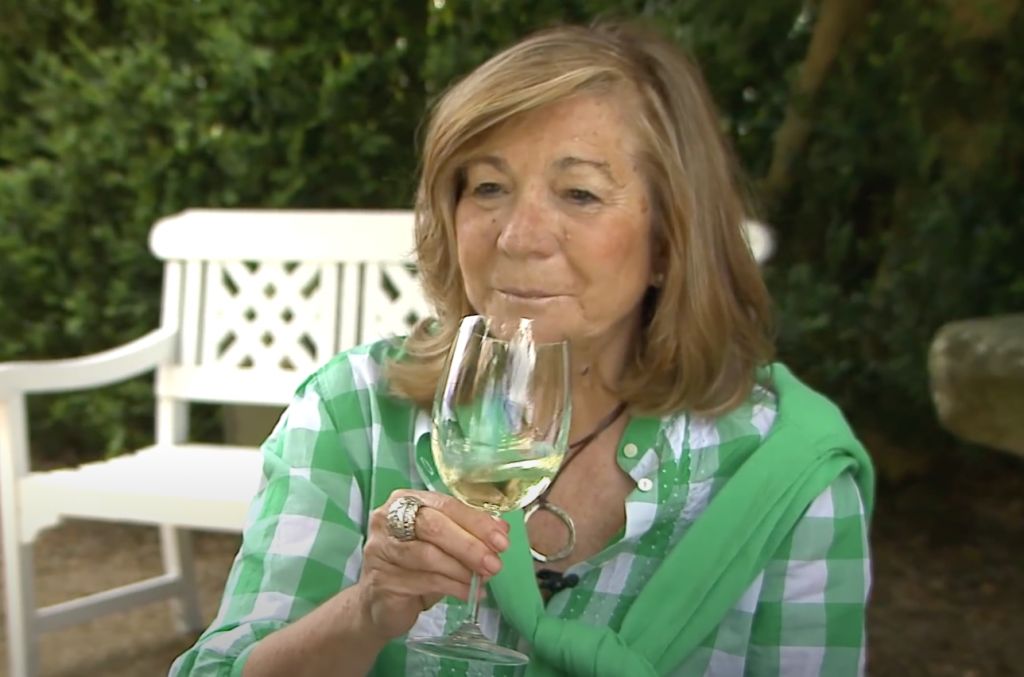
With more than forty years of experience in growing Albariño, first as a viticulturist and then as a winemaker, Marisol Bueno is one of the most recognised voices in the Galician wine world, not only for being at the head of the emblematic Pazo Señorans winery, but also for her more than twenty years directing the Regulatory Council of the DO Rías Baixas (from 1986 to 2007).
With 91 Parker Points and 95 Peñín Points, the white wine Pazo Señorans Albariño Colección 2016 is one of the many samples of quality that endorse Bueno’s trajectory. This deep, mineral wine, with 13.5% alcohol, undergoes a cold pellicular maceration for a week in stainless steel tanks prior to alcoholic maceration. Finally, it is aged for five months in stainless steel tanks, followed by 30 months in the bottle.
